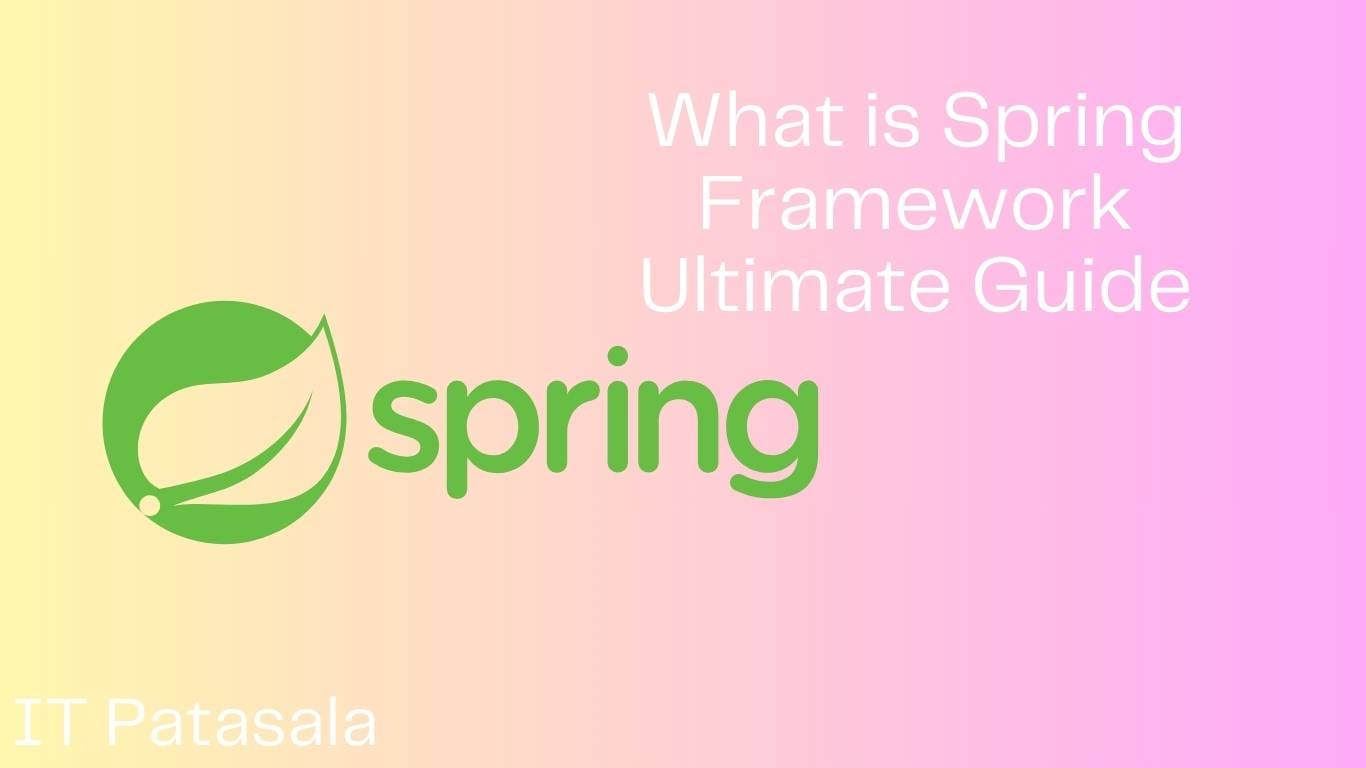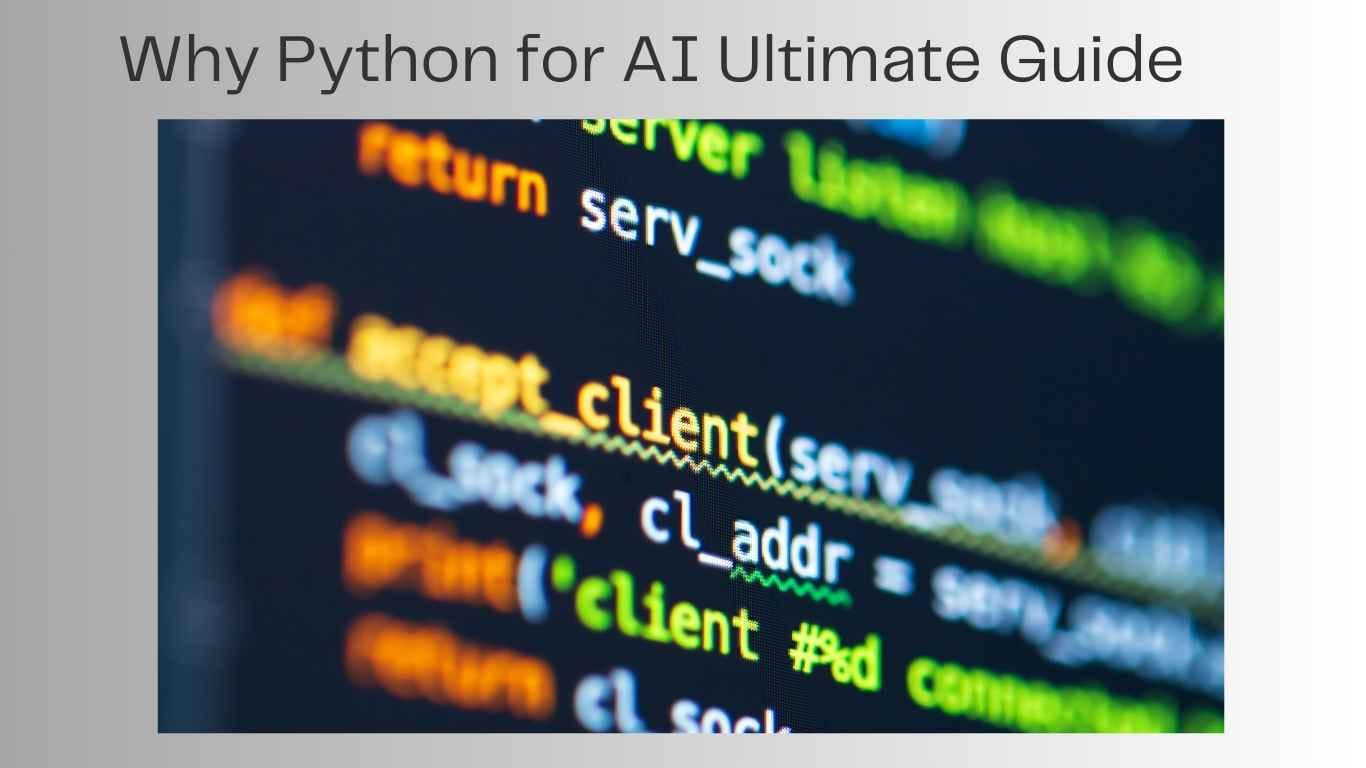A Beginner’s Best Guide to Python Overview in 2025
🐍 Python Overview
Python has taken the programming world by storm, and for good reason. With its simple syntax, powerful libraries, and vast application areas, Python is now the go-to language for developers, data scientists, AI experts, students, and even non-programmers.
Whether you are new to programming or want to understand why Python dominates today’s tech industry, this complete overview of Python will guide you through its history, core features, uses, and importance in today’s digital landscape.
Let’s dive into the world of Python — a language that’s shaping the future.
Table of Contents
🧾 What is Python?
Python is a high-level, interpreted, and general-purpose programming language. It was created by Guido van Rossum and released in 1991 with a design philosophy focused on code readability and simplicity.
Unlike languages like C or Java, Python is known for:
- Fewer lines of code
- Easy syntax
- English-like structure
- Faster learning curve
Python supports multiple programming paradigms, including:
- Procedural
- Object-Oriented
- Functional
Its popularity stems from both its flexibility and accessibility, making it perfect for both beginners and professionals.
📜 A Brief History of Python
- 1980s: Guido van Rossum starts working at CWI in the Netherlands and begins developing Python as a hobby project.
- 1991: Python 0.9.0 is released with classes, exceptions, and basic data types.
- 2000: Python 2.0 is released, introducing garbage collection and list comprehensions.
- 2008: Python 3.0 is released — a major upgrade that’s not backward-compatible.
- 2020: Python 2 officially reaches end-of-life.
- 2023+: Python 3.11 and 3.12 bring performance improvements and enhanced developer experience.
🌟 Key Features That Make Python Stand Out
Python’s strengths lie in its design and ecosystem. Here are its most attractive features:
- Readable Syntax: Easy to understand, similar to English.
- Interpreted: No need to compile — execute code directly.
- Dynamically Typed: No need to declare variable types.
- Portable: Works across platforms (Windows, macOS, Linux).
- Massive Library Support: Includes built-in and third-party libraries.
- Object-Oriented: Supports classes, inheritance, polymorphism.
- Scalable: Used in both startups and enterprise-level applications.
- Beginner-Friendly: Ideal for learning programming logic.
Example: Hello World in Python
print("Hello, World!")
Simple and elegant — that’s Python.
💡 Why Python is So Popular Today
Python consistently ranks as the #1 programming language on indexes like TIOBE and Stack Overflow Developer Surveys.
Reasons for its popularity:
- It’s taught as the first language in universities.
- Companies like Google, Facebook, and NASA use it.
- It supports modern tech domains like AI, ML, IoT, and Web.
- It has one of the largest communities and support systems.
🔍 Python vs Other Programming Languages
| Feature | Python | Java | C++ | JavaScript |
|---|---|---|---|---|
| Syntax | Very simple | Verbose | Complex | Moderate |
| Speed | Slower | Faster | Very Fast | Moderate |
| Learning Curve | Easy | Moderate | Hard | Easy |
| Use Cases | AI, Web, Data | Enterprise | Games, OS | Web, UI |
Python’s balance of power and simplicity makes it the Swiss army knife of programming.
🧪 Where Python is Used: Real-World Applications
Python can be used in nearly every major tech field:
- Web Development: Django, Flask, FastAPI
- Data Science: Pandas, NumPy, Matplotlib
- Machine Learning/AI: TensorFlow, Keras, PyTorch
- Automation: Selenium, pyautogui, Cron jobs
- Cybersecurity: Nmap, Scapy, Pen-testing scripts
- Scientific Computing: SciPy, SymPy
- Education: Widely used in schools and coding bootcamps
- Game Development: Pygame, Panda3D
- Mobile Apps: Kivy, BeeWare
- Cloud and DevOps: Boto3 for AWS, Python scripts for Jenkins
Real-World Examples:
- YouTube: Uses Python for features like video processing.
- Instagram: Built backend with Django (Python).
- NASA: Uses Python for data visualization and automation.
- Spotify: Relies on Python for recommendation algorithms.
🧑🏫 Why Students Should Learn Python First
Python is the first language of choice for most educators worldwide.
Benefits for Students:
- Easy syntax = faster learning
- Strong job market demand
- Useful for AI/ML, Web, Automation
- Tons of free resources and tutorials
- Helps build real-world projects early
Python is also supported by free platforms like Google Colab and Jupyter Notebook, making it easy to start learning without installing heavy tools.
📚 Python Libraries and Frameworks You Should Know
Here’s a breakdown of some essential Python tools categorized by use case:
| Domain | Libraries/Frameworks |
|---|---|
| Web Development | Django, Flask, FastAPI |
| Data Analysis | Pandas, NumPy, Seaborn |
| AI/ML | TensorFlow, Keras, PyTorch |
| Automation | Selenium, pyautogui, schedule |
| Testing | unittest, pytest |
| GUI Development | Tkinter, PyQt, Kivy |
| API Testing | requests, HTTPie |
| Game Development | Pygame |
Mastering a few of these can drastically boost your Python development capabilities.
📈 Career Opportunities with Python
Python opens up doors to high-paying and versatile roles, such as:
- Python Developer
- Data Scientist
- Machine Learning Engineer
- DevOps Engineer
- Backend Developer
- Automation Tester
- AI Researcher
According to Glassdoor, the average Python developer salary in India ranges from ₹5 to ₹15 LPA depending on experience and specialization.
🧩 Python’s Limitations (Yes, It Has Some)
No language is perfect. Here are a few Python drawbacks:
- Slower execution speed compared to C++ or Java
- Not ideal for mobile apps (limited frameworks)
- High memory consumption
- Dynamic typing can lead to unexpected errors in large codebases
However, these are usually offset by Python’s productivity and ecosystem.
🧠 Tips for Getting Started with Python
- Install Python from python.org
- Use an IDE like VS Code or PyCharm
- Start with simple scripts: calculator, to-do list, file renamer
- Practice daily on platforms like HackerRank, LeetCode
- Build real-world projects (blogs, dashboards, games)
🔮 Future of Python
Python’s future is brighter than ever. With constant improvements (like in Python 3.12 and 3.13), it’s becoming faster, more developer-friendly, and more integrated with cutting-edge tech.
Emerging areas:
- AI Agents
- Edge AI (IoT + Python)
- Serverless cloud apps
- Prompt engineering for LLMs
In short: Python is here to stay.
✅ Final Thoughts: Why Python Deserves Your Attention
Python is more than just a trend — it’s a developer’s best friend. Whether you’re a student beginning your journey, a working professional switching careers, or an entrepreneur building your next product, Python gives you the tools to build, automate, and innovate.
Its flexibility, readability, and community make it an ideal language to invest your time and energy in.
Start with Python, and you’ll have the keys to today’s and tomorrow’s digital world.
Also read these




